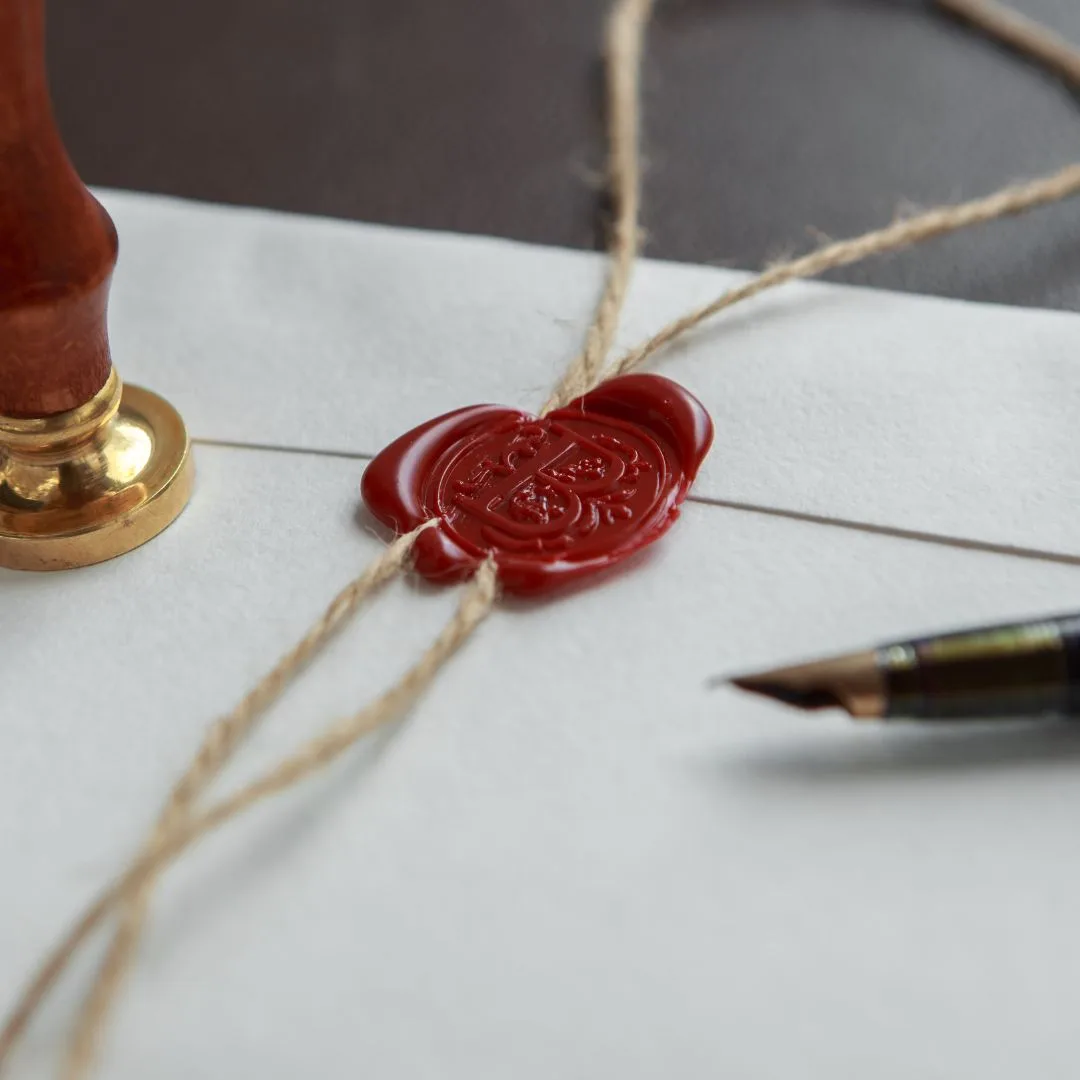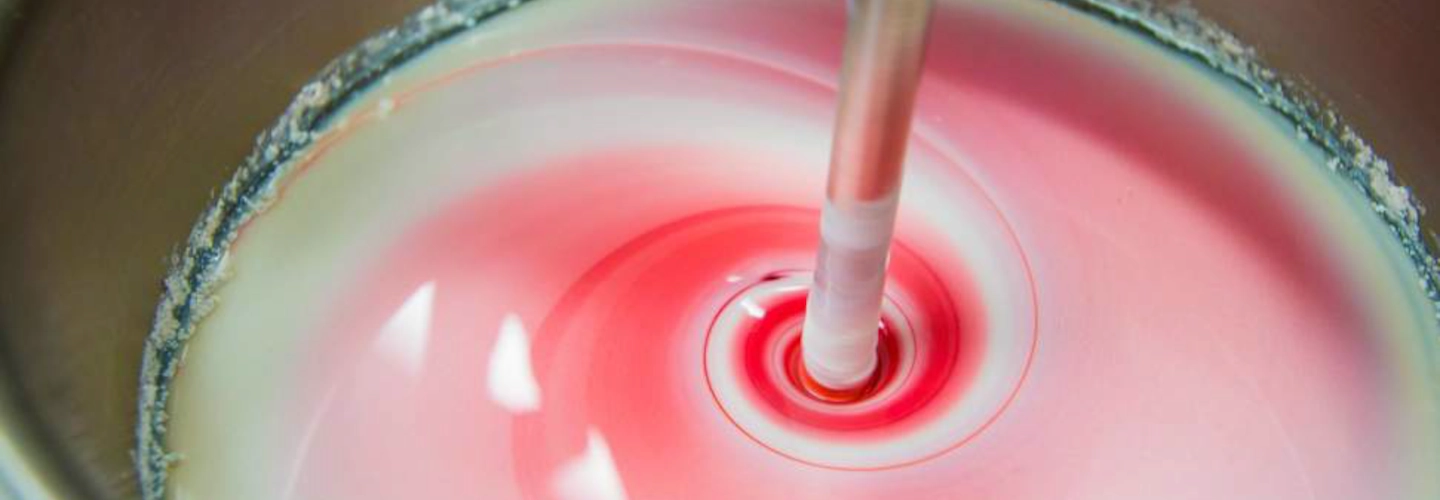Your cart is currently empty!
Envelope and Document Sealing Wax

Sealing wax has a rich and colorful history that dates back centuries, embodying both elegance and function. Originally used to seal important documents and signify authenticity, sealing wax has evolved over time, yet its allure remains timeless. Wax was and still is also used to seal bottles, but in that case we are talking about Bottle Sealinig Wax. Let’s dive into what makes traditional sealing wax so special and why it continues to be relevant today.
The Origins and Purpose of Sealing Wax
Sealing wax first emerged in the Middle Ages, becoming a crucial element for securing letters and official documents. Monarchs, nobility, and merchants used it to authenticate correspondence, with each seal carrying the unique imprint of the sender’s insignia. The wax provided not only a tamper-proof seal but also served as an early form of branding, showcasing personal or institutional crests.
In an era without modern adhesives or digital encryption, sealing wax represented the peak of security and trust. A broken seal was a clear indication that the document had been opened or tampered with, making it invaluable for confidential communications.
Modern Uses of Sealing Wax
While the primary function of sealing wax has shifted from document security to decorative purposes, its charm has not waned. Today, sealing wax is used to add a touch of vintage elegance to wedding invitations, craft projects, certificates, and even branding for artisanal products.
The versatility of traditional sealing wax, such as the type offered by British Wax, makes it ideal for a range of applications, from crafts and arts to marketing. The product’s unique formula provides a strong and beautiful seal that evokes craftsmanship and care.
Interesting Facts About Sealing Wax
- Materials and Composition: Traditional sealing wax was typically made from a mixture of beeswax and resin, with the addition of colorants to give it a distinctive hue. Modern variations may include synthetic materials for enhanced durability and ease of use.
- Colors with Meaning: In the past, specific colors of wax were associated with different types of correspondence. Red was used for formal and important documents, while blue or black might signify private or mourning-related messages.
- The Renaissance of Wax Seals: In recent years, wax seals have experienced a resurgence, especially in the world of luxury branding.
Why Choose British Wax’s Traditional Sealing Wax?
British Wax’s traditional sealing wax stands out for its superior quality and versatility. This sealing wax is designed to create a strong, tamper-evident seal that also elevates the aesthetic appeal of any product. It’s an excellent choice for businesses seeking to blend heritage with modern presentation, ensuring their offerings leave a lasting impression.
Whether you’re a craft enthusiast, a luxury brand, or simply someone who appreciates timeless details, sealing wax brings a unique touch that marries history, artistry, and function.
For more information about our Sealing Wax options, please get in touch.
If you are curious so learn more about wax seals, we recommend this interesting page from King’s College, Cambridge.
Recent posts

Looking to make your bottles unique and eye-catching?Our bespoke bottle sealing wax is tailored to the customer’s precise specifications, and adds a distinctive touch that enhances quality and…

We’re thrilled to announce that you can now purchase directly through our website with an online checkout!Currently, this e-commerce feature is available for a select…

Sealing wax has a rich and colorful history that dates back centuries, embodying both elegance and function. Originally used to seal important documents and signify…